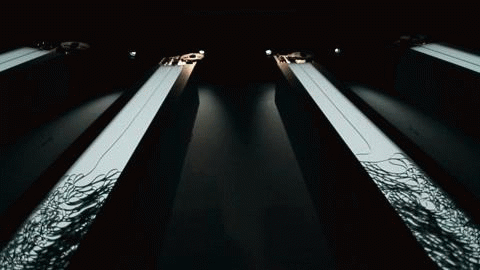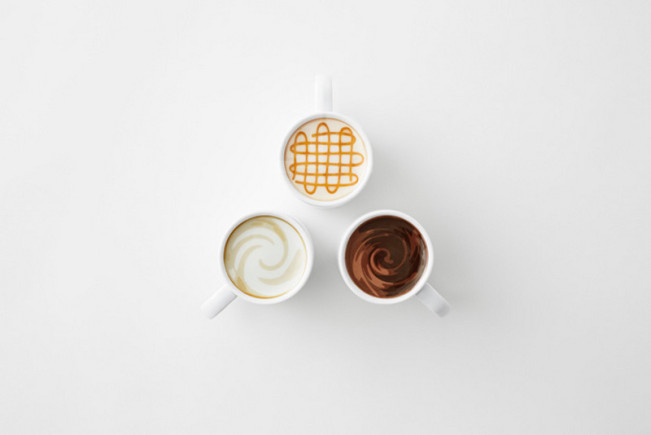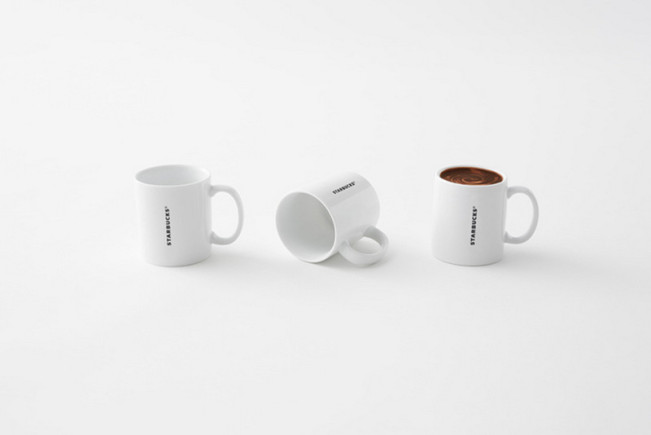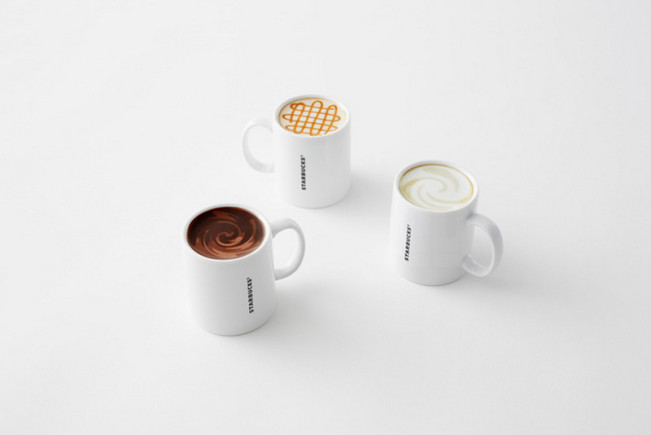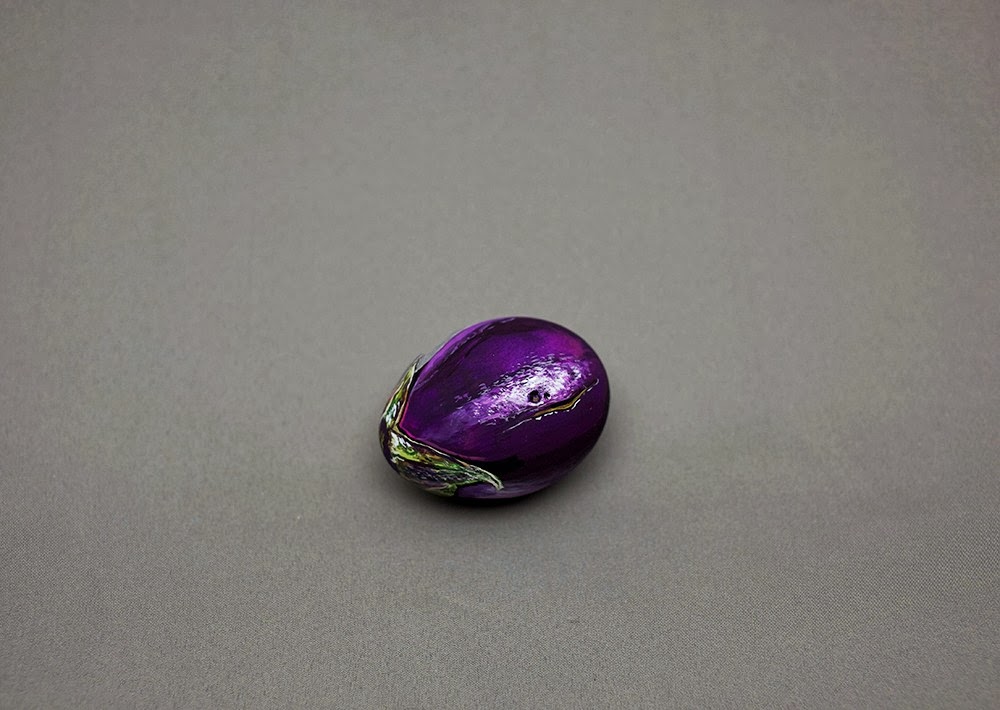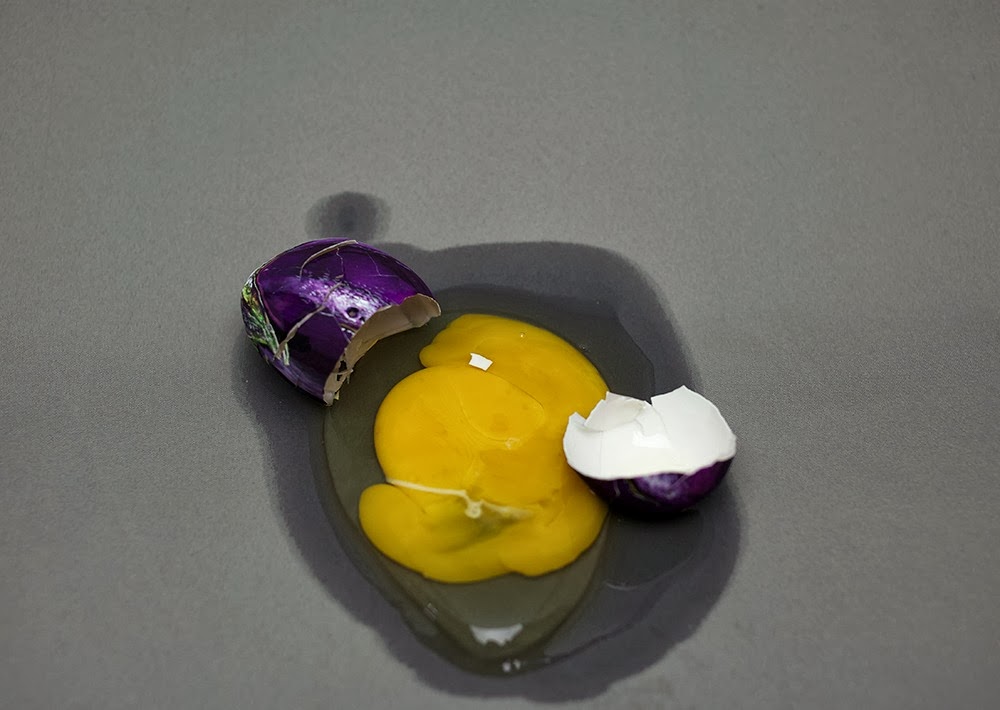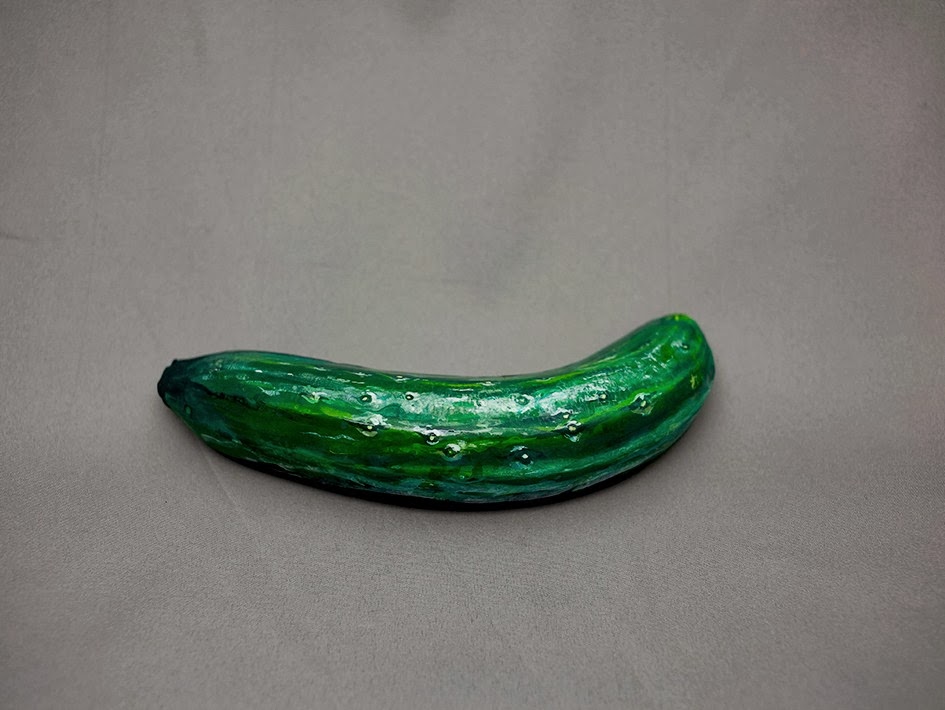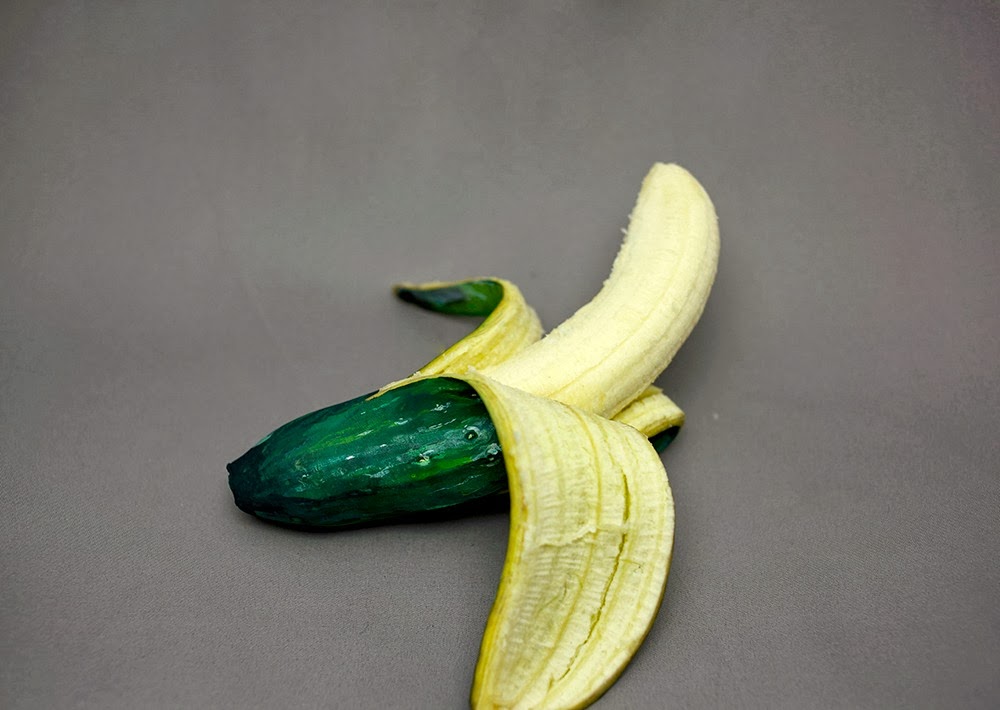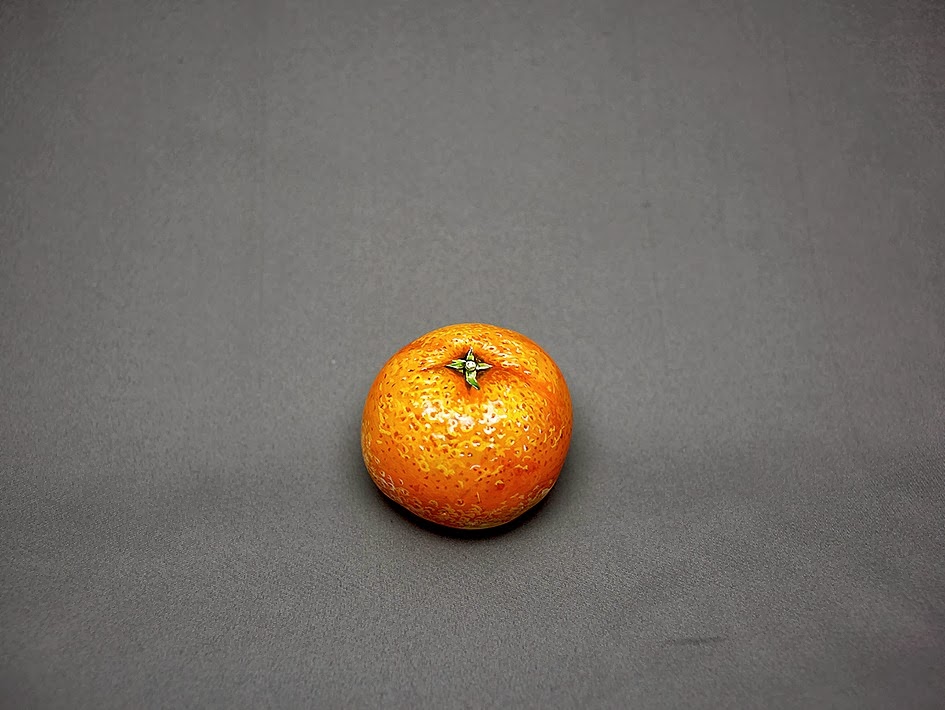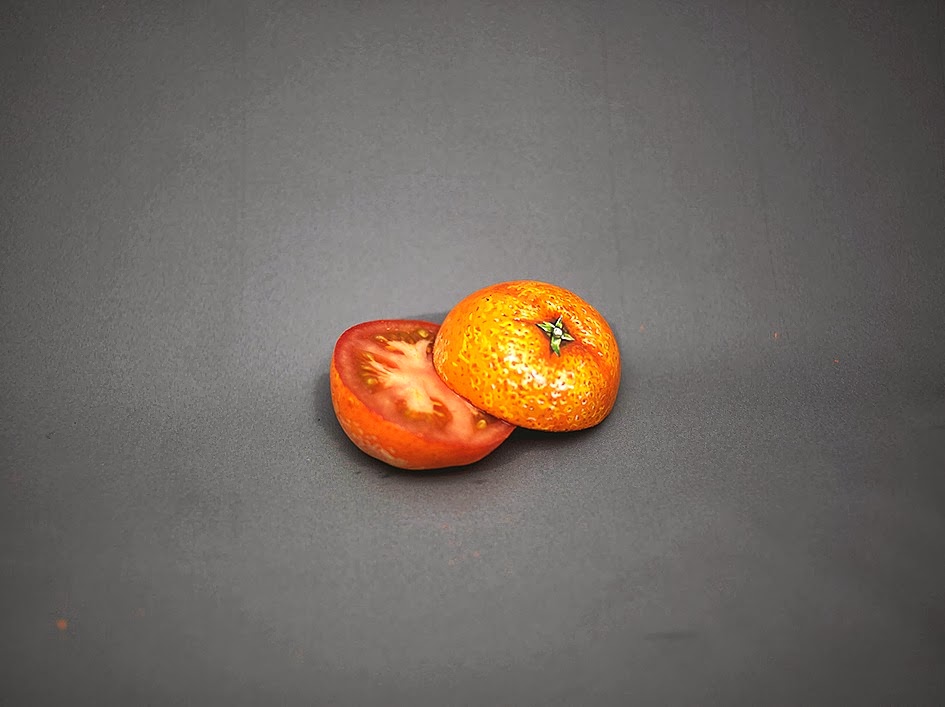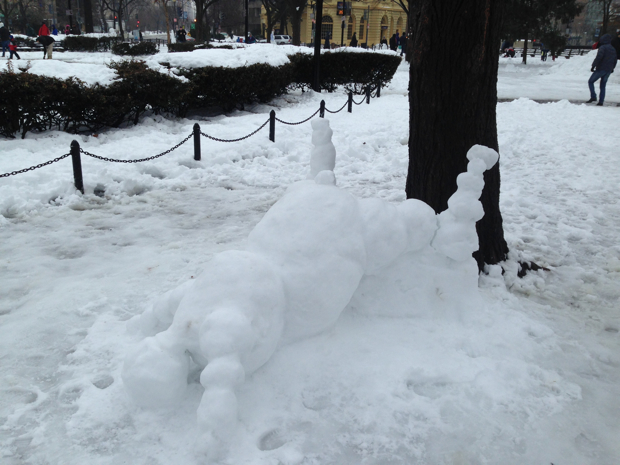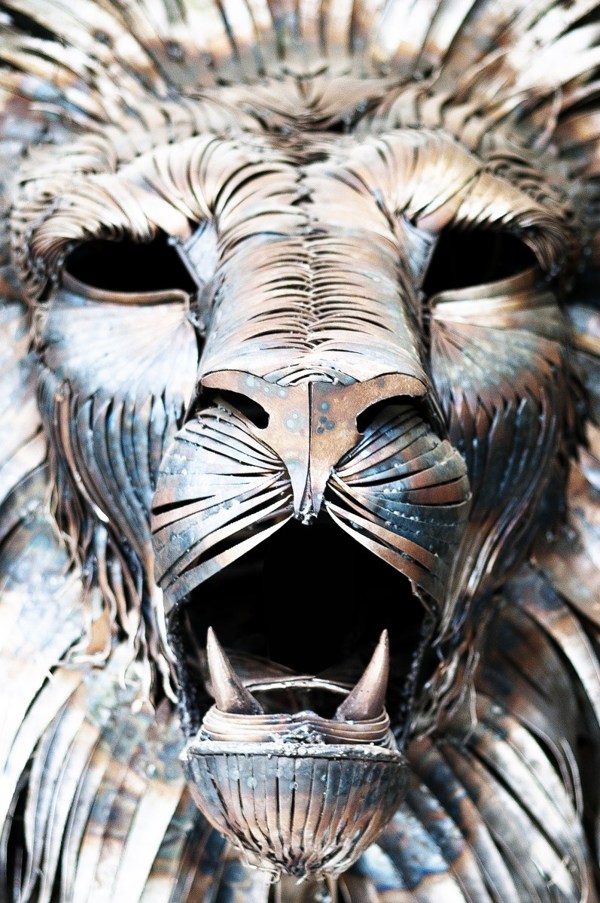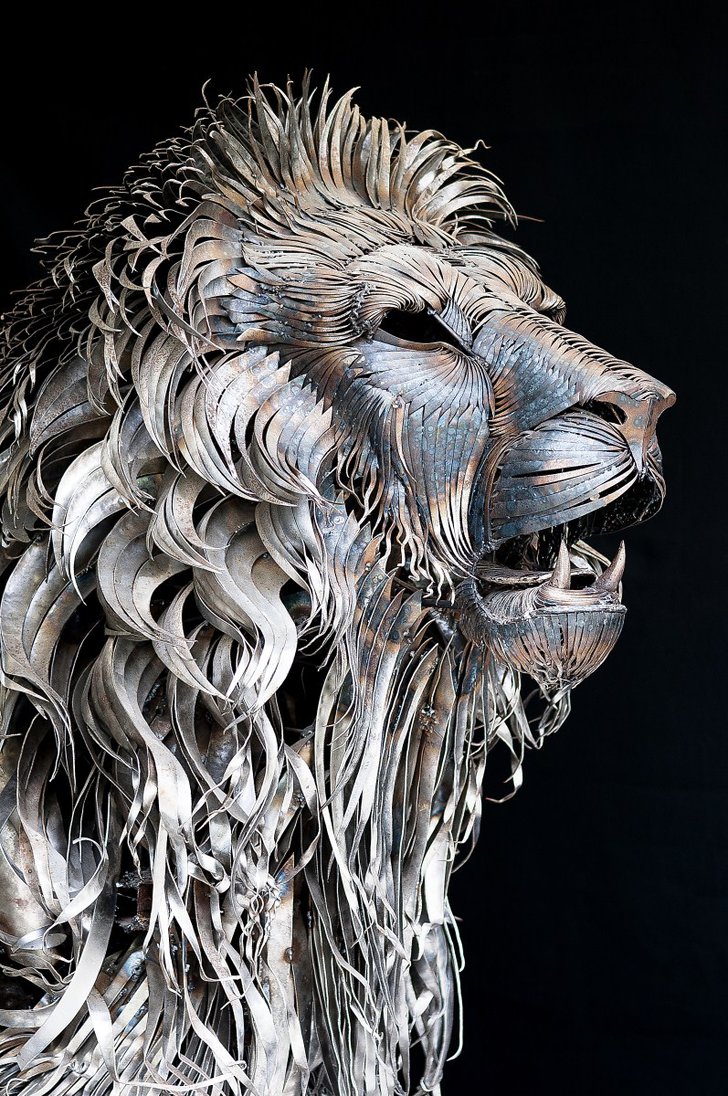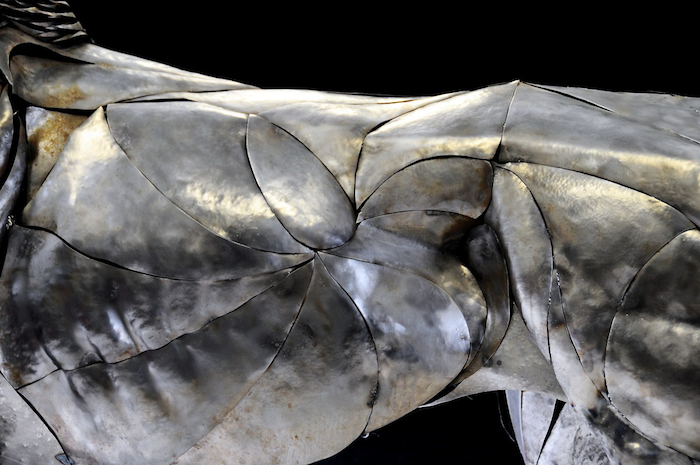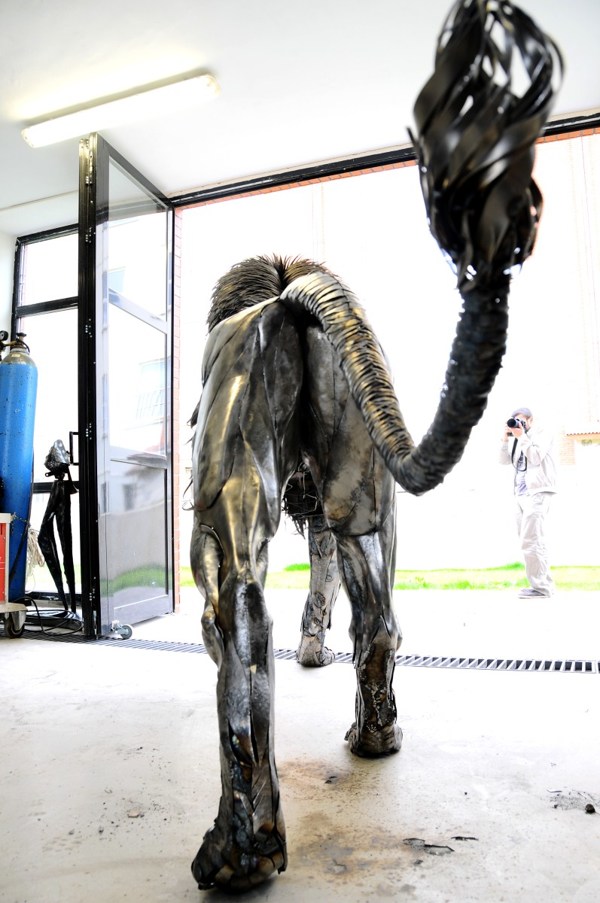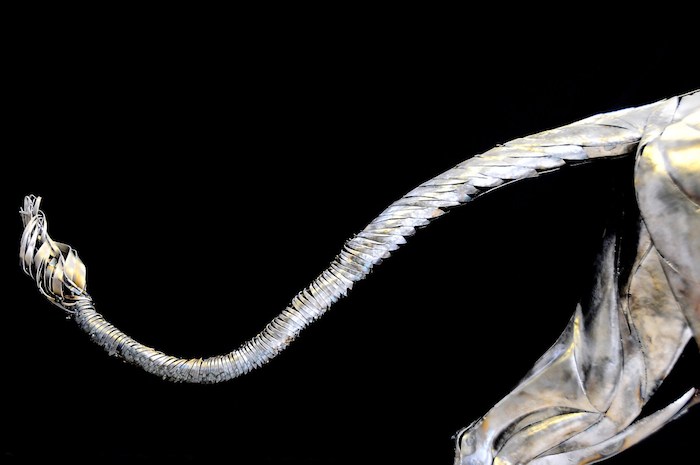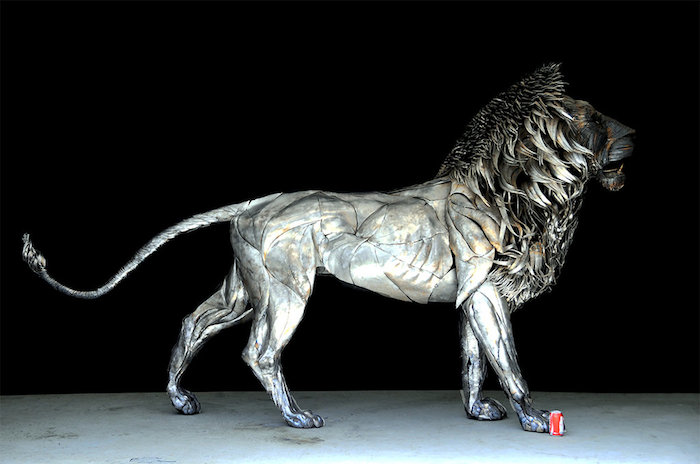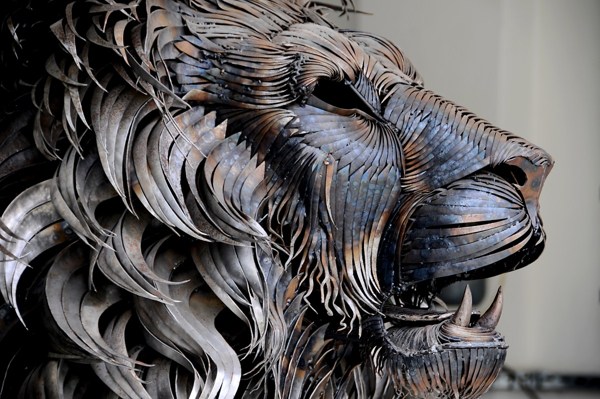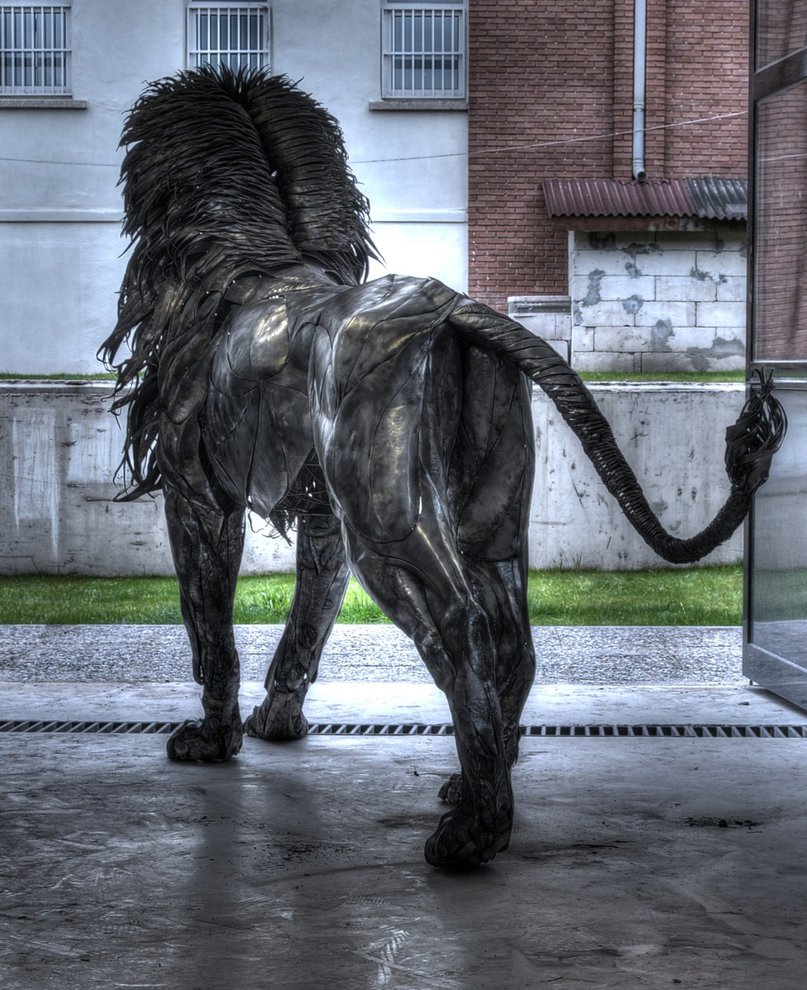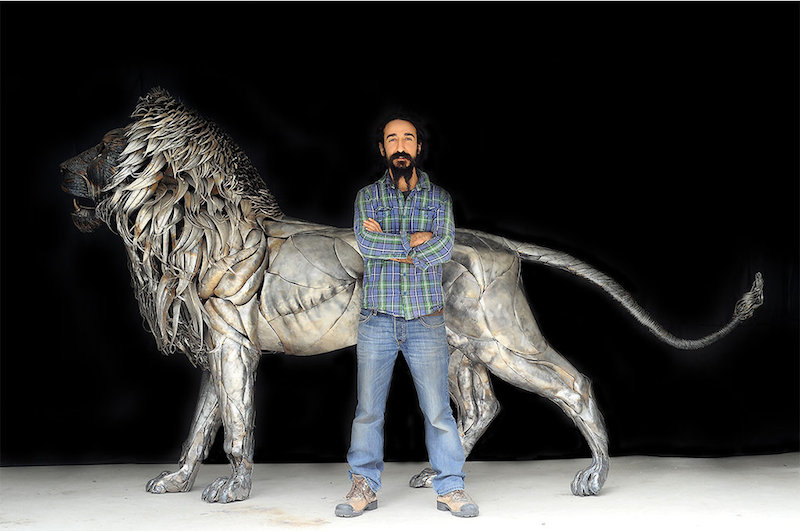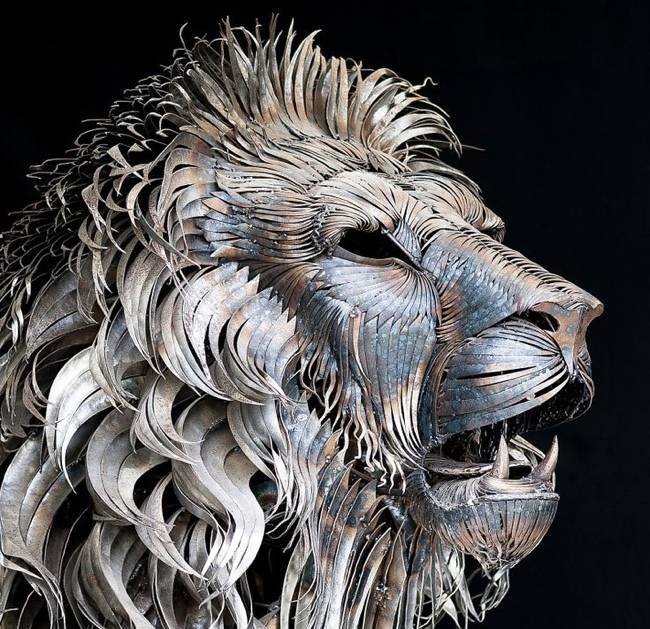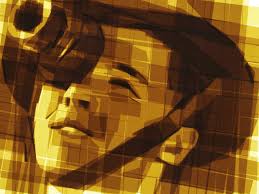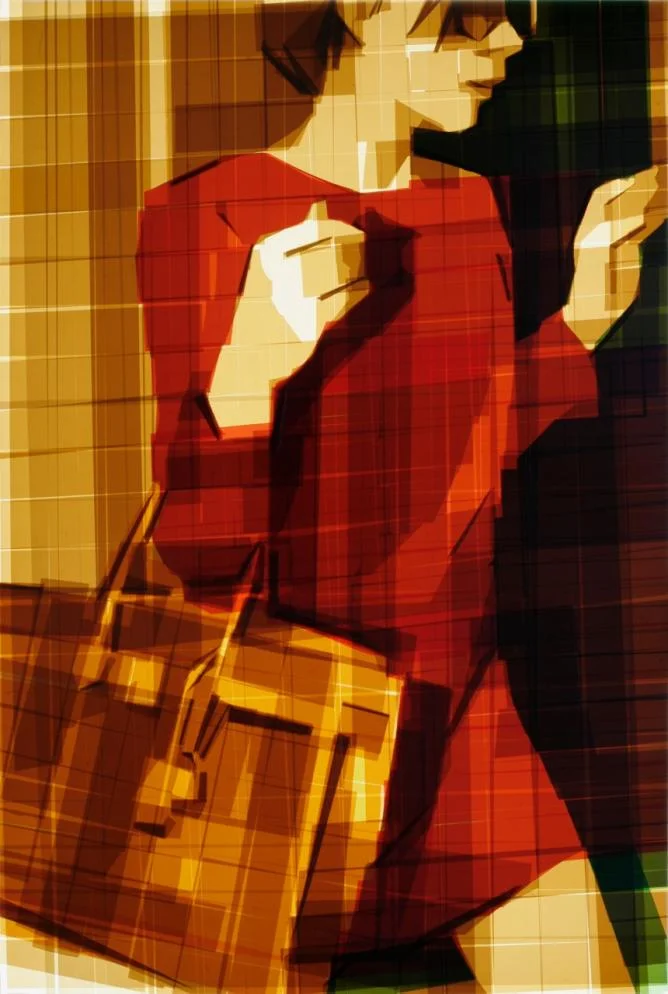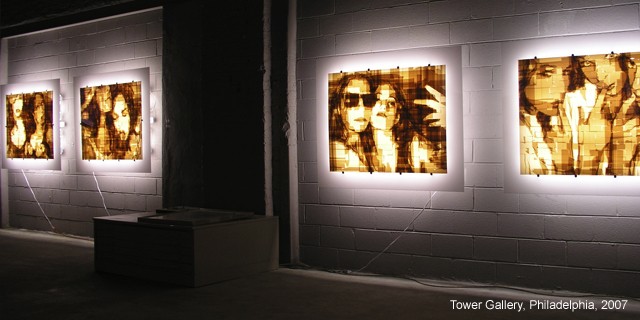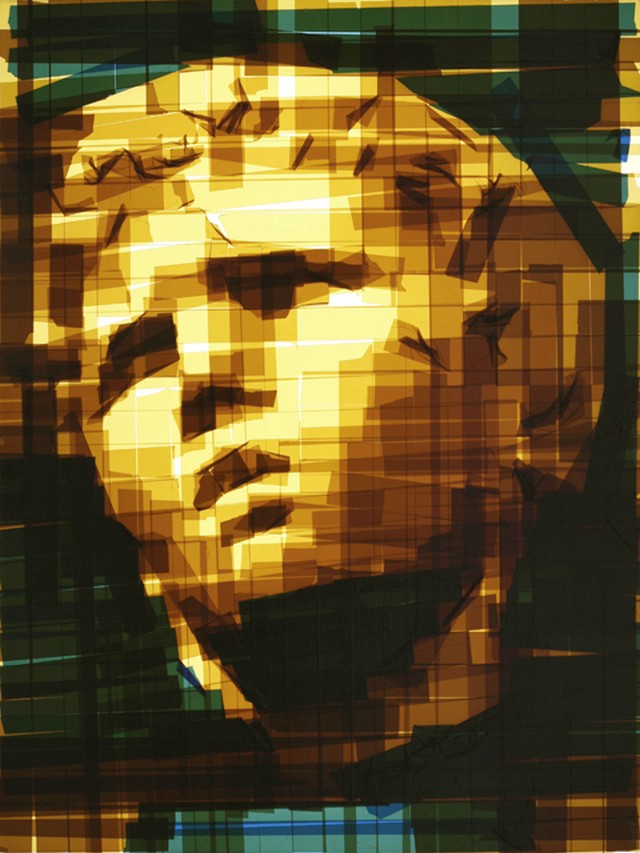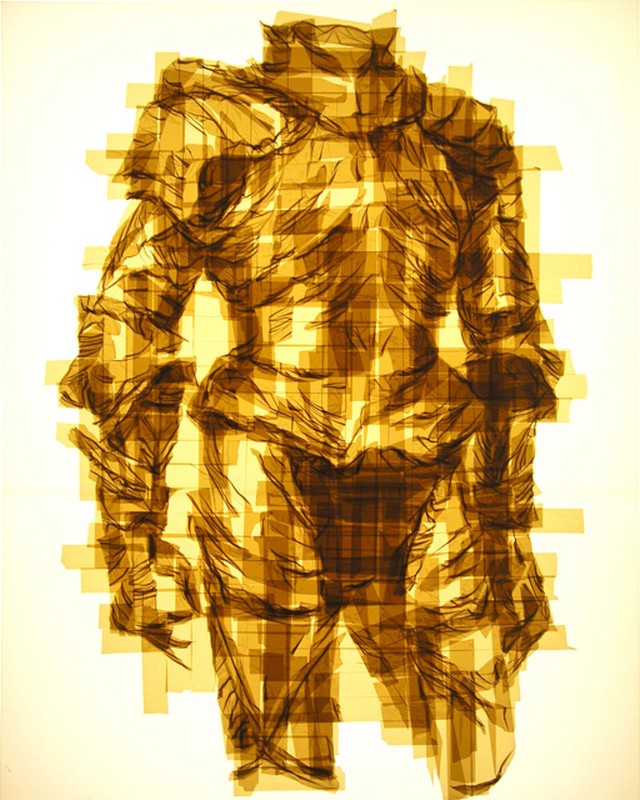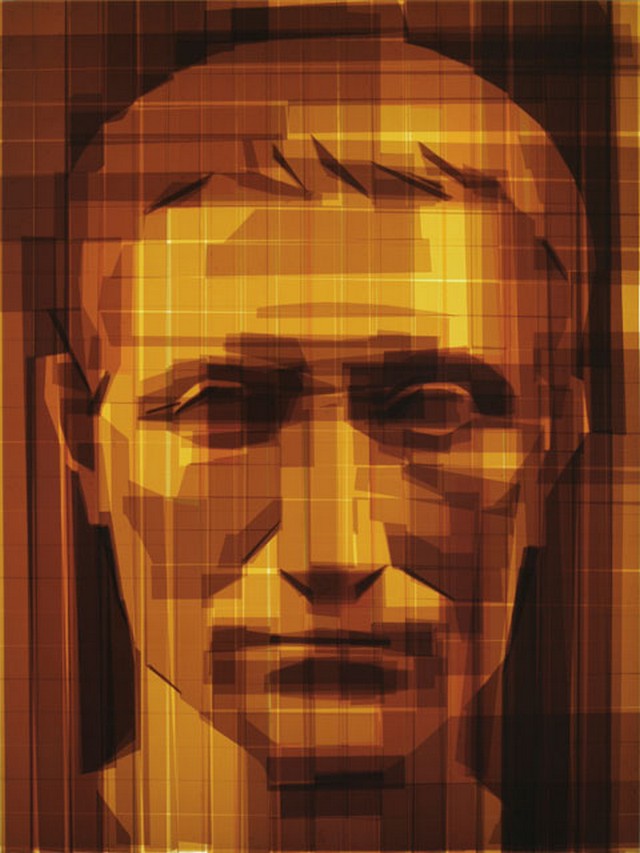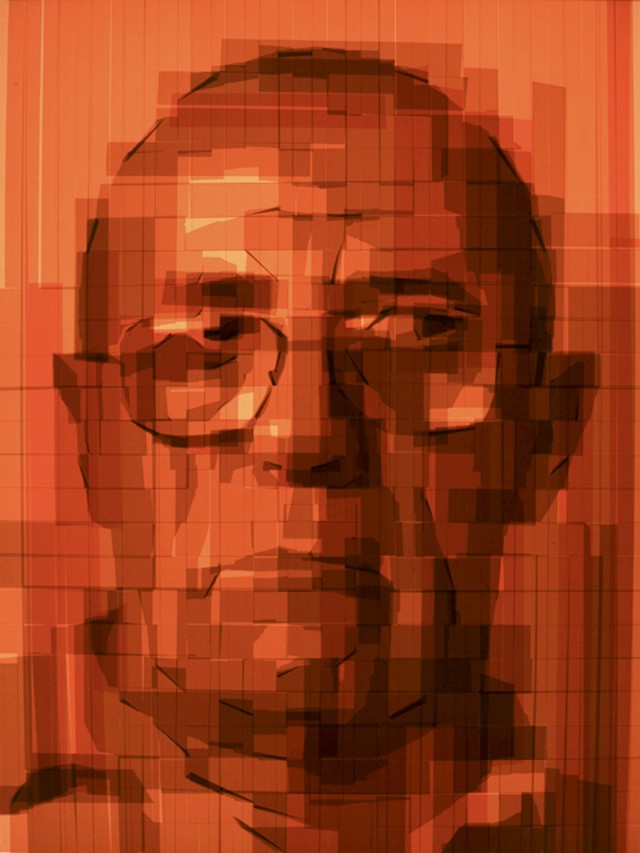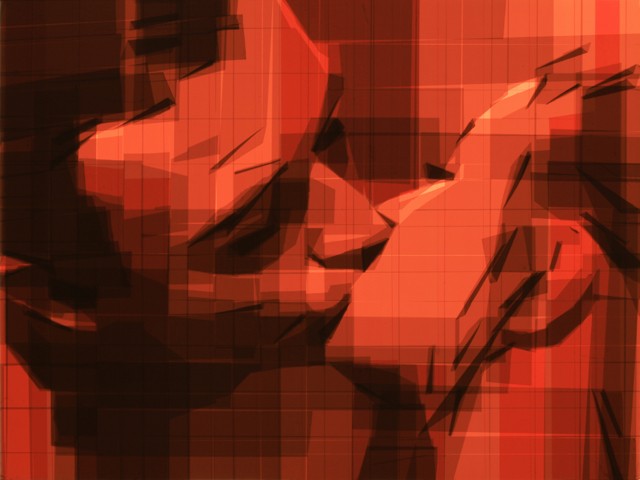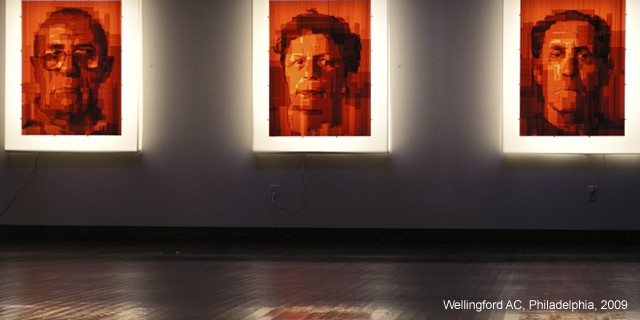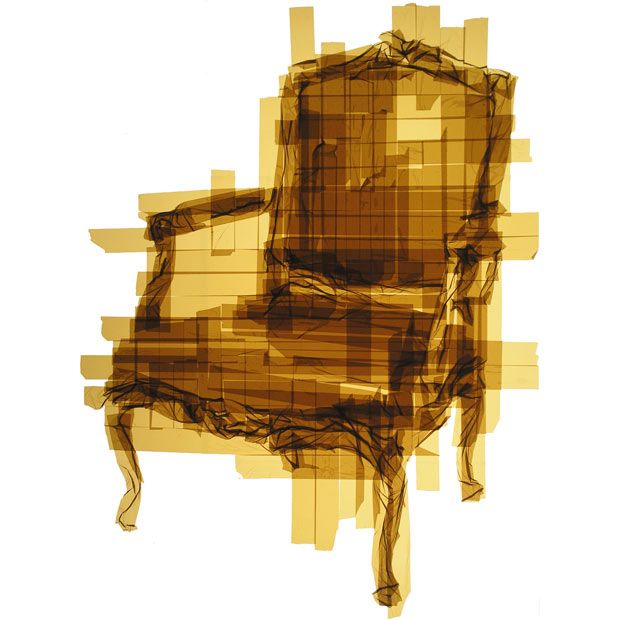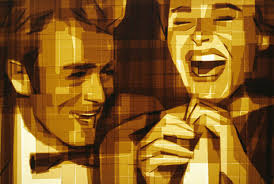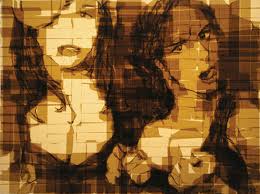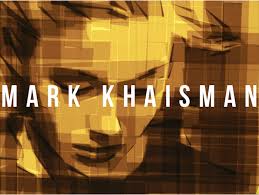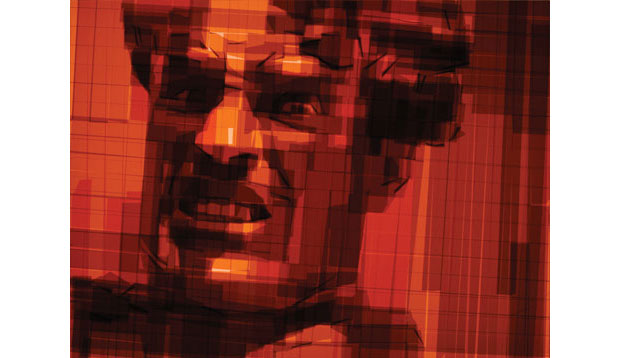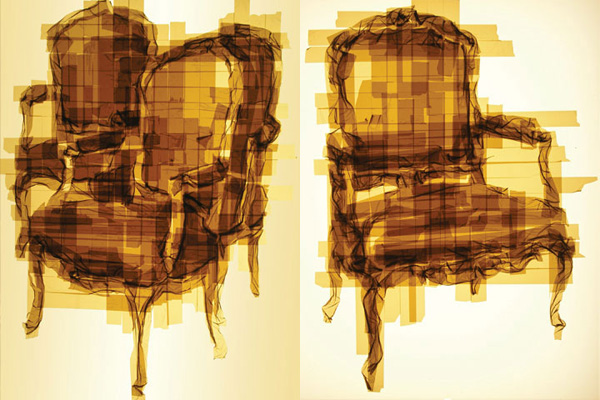A few weeks ago, the Wellcome Library announced a new initiative to digitize more than 800,000 pages of material from British psychiatric hospitals. Dating between the 18th and 20th centuries, the trove includes examples of patient artwork and writing, as well as patient-produced publications.
Some of these are shaky pencil drawings stuck amid further details on patient conditions — like this casebook on a patient at Ticehurst Hospital that includes a portrait of a doctor from 1891. Others are more elaborate oil paintings, like the above late-19th-century piece by George Sidebottom at the York Retreat, showing an eclectic scene of recreation. Together these visual details and the greater archives record a period of change in mental health management, when the mistreatment of patients began to be be addressed and institutionalization became more popular (and then gradually less so in the 20th century). The effort sees the Wellcome Library partnering with the Borthwick Institute for Archives, London Metropolitan Archives, Dumfries and Galloway Council Archives, NHS Greater Glasgow and Clyde Archives, and the Royal College of Psychiatrists.
The digitizing starts this fall as part of a two-year project, and you can already explore materials from the York Retreat, St Luke’s Hospital Woodside, Crichton Royal Hospital, Gartnavel Royal Hospital, and Camberwell House Asylum. Especially interesting are the issues of Crichton Royal Hospital’s New Moon, a magazine created by patients at the Scottish institution starting in 1844, with poetry, articles, reviews of hospital concerts and theater, cartoons, asylum news, and puzzles. Later in the 1860s, the publication would be professionally printed by Adam Richardson. The Dumfries and Galloway archives has more details on its perceived value to the patients and institution:
Dr W. A. F. Browne encouraged patients to undertake occupations and amusements as an important part of their treatment, including writing, and in his Annual Report for 1844 he said of the new publication, “it is the unaided work of five patients, who are or have recently been residents in the Institution; it will serve as a vehicle for free undisguised feelings and views of the writers, whether erroneous or not; it will be a compound of the grotesque and the beautiful, of the sensible and the extravagant, it will be a collection of the impressions of healthy and the new creations of disordered imaginations, of mental portraits, and of all that relates to the present condition and prospects of its contributors, and of the class to which they belong.”
Back in August, the Wellcome Library announced its partnership with digital technology charity Jisc in an effort to put 15 million pages of 19th-century medical books online; these mental health archives will further enrich the availability of medical history materials online. The value of art in mental health treatment is still evolving — art wasn’t really established as a healing tool until just before World War II — and these new materials can be an important historical resource.

























































































